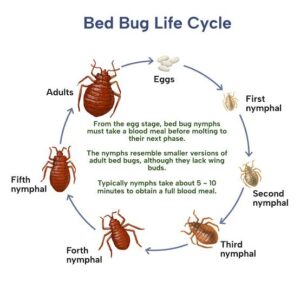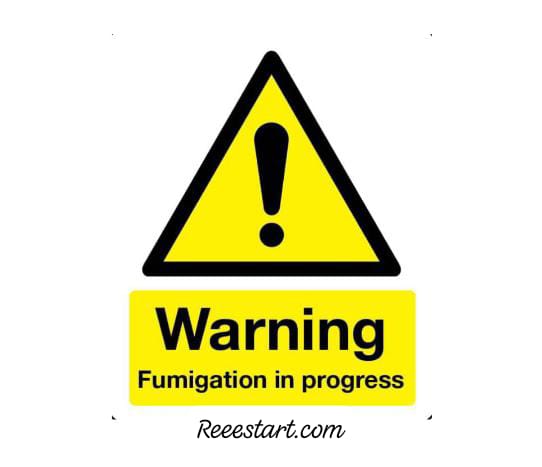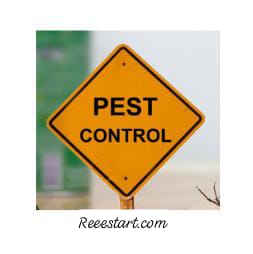Bed Bug Control solutions are very important matter, Bed bugs are similar to a chronic disease, Once they infest a location, they won’t leave until the owner is completely exhausted, both physically and financially, often necessitating engagement with multiple pest control companies. These persistent pests can lead to countless struggles where neither the bugs disappear nor does changing the pest control company provide any viable solution, resulting in only a significant drain on resources.
Bed Bug Control
Thus, it’s imperative to have at least some knowledge about bed bugs and their behavior to form a general understanding. This knowledge helps in evaluating the work of any company you hire for pest control and ensures that the efforts to eradicate them are both effective and sustainable.
Understanding Bed Bugs
- English Name: Bed Bugs
- Scientific Name : Cimex lectularius.
- Bed bugs rely on human blood, feeding off it while people sleep, causing disturbances that lead to insomnia and sleep disorders.
- Bites from bed bugs appear as red spots on any exposed parts of the body during sleep.
- These bites cause itching, inflammation, and irritation, although they are not felt during the bite and blood-sucking process itself, which lasts about 10 minutes.
- The effect of the bite is typically felt later, varying from person to person.
The number of red, inflamed spots is not an indicator of the number of bed bugs present, as a single bug may attempt multiple times to find the right spot to suck blood, Consequently, children, the elderly, or individuals who spend prolonged periods in bed are more susceptible to bed bug bites and secondary infections.
Essential Basics of Bed Bug Control
Bed bugs thrive in environments with high heat and humidity, making Gulf countries among the most affected by these pests. The following are crucial points to understand about bed bugs:
Appearance
Bed bugs are flat, oval-shaped, and brown-colored crawling insects.
Lifespan and Reproduction
- Females lay between 75 and 500 eggs throughout their lifetime.
- The bugs take approximately 2-3 months to complete their lifecycle and can live from several months up to a full year.
Size and Survival
Adult bed bugs are usually no longer than 4 mm.
- They can survive without food for 12-18 days, and their eggs remain viable for around three months.
Life Stages
- Bed bugs have three developmental stages: eggs, nymphs (which resemble the adult insects), and adults.
Reproduction
One female is sufficient to cause a new infestation, capable of laying about 2-3 eggs daily, either individually or in clusters.
Mobility
- They are exceptional travelers, hitching rides with luggage, beds, clothes, and furniture.
- An infestation at home is unrelated to the cleanliness levels maintained.
Impact and Resilience
Eradicating a single bed bug signifies a significant step towards wiping out an entire generation, However, bed bug eggs often remain unaffected by pesticide spraying, needing a repeat treatment after 15 days or treatment with dry heat like ironing.

Identifying Bed Bug Infestations
Detecting bed bugs involves recognizing several signs:
Excrement Marks
- Presence of reddish-brown spots on mattresses and furniture, following these trails can lead to their hiding places.
Blood Stains
- Small blood spots on the bedding due to bed bug bites.
Skin and Shells
- Finding egg shells, nymphs, or adult bugs indicates an infestation.
Smell
- A distinct, unpleasant odor signifies a heavy infestation.
Bite Marks
- Red, itchy spots, particularly on children, causing insomnia and restlessness.
Effective Bed Bug Control Steps
Upon detecting an infestation, it’s critical to gauge its size and determine the immediate cause. Knowing how the bugs entered your home and the last time a similar issue was treated, along with the active substance used, is essential.
- When hiring a pest control company, ensure they accurately diagnose the infestation’s cause and precisely identify the locations of the infestation within the home for a thorough and effective resolution without unnecessary financial strain.

Steps for Comprehensive Bed Bug Control
- Removal of Infested Items
- Dispose of unnecessary items like old bedding, furniture, or clothes.
- Treat these items with insecticide thoroughly, wash them in hot water (at least 60°C), and dry them well under the sun.
- Treat infested areas, including all furniture, mattresses, corners, and wall crevices, with insecticide.
- Eggs should be treated with heat (dry heat or steam ironing) as they often remain unaffected by standard pesticide treatments.
- Conduct a follow-up treatment after 15 days without additional cost. Unlike the control of cockroaches, which can come with a warranty of up to six months, bed bug control often doesn’t include such guarantees, so clients should expect a comprehensive service and follow-up treatment for effective control.
To successfully control and eradicate bed bugs, reliance on a comprehensive control program is crucial, rather than solely depending on chemical control. This includes:
- Accurate Diagnosis
Identifying the cause and precise location of the infestation within the home.
- Mechanical and Physical Methods:
Methods like vacuuming, steam ironing, or dry heat to eliminate eggs.
- Disposal of Severely Infested Items:
Discarding heavily infested furniture and bedding.
- Home Ventilation
Ensuring good ventilation within the home.
- Chemical Treatment
Repeated use of chemical treatments, varying active ingredients to avoid resistance development.
By following these steps and maintaining a vigilant watch for potential signs, effective bed bug control can be achieved, leading to a healthier, bug-free living environment.




